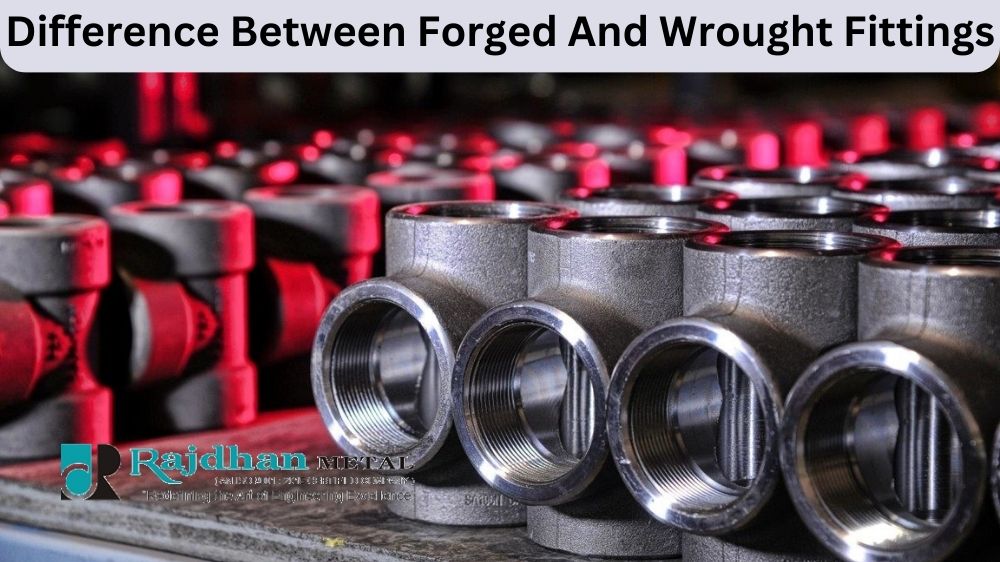Picking the right type of fittings for your intended application can have a significant impact on your project’s overall success. Two commonly used fittings that you’ll come across in the industrial sector are wrought and Forged Fittings. While they might appear to be similar, they have distinct differences that will affect their performance. In this blog post, we’ll explore the differences between forged and wrought fittings to assist you in making the right decision for your project needs.
What Is Forged Fittings?
Forged fittings are industrial components designed to join piping systems together. They are made of a variety of materials, including carbon steel, stainless steel, and nickel alloys. These fittings come in different shapes and sizes to meet the needs of any given application. They offer strength and stability when connecting pipes, as well as providing an efficient flow for liquids or gases that pass through them. Furthermore, forged fittings have excellent corrosion resistance due to their superior metallurgy properties. With their reliable nature and overall durability, these fittings can provide long-term solutions for industries including aerospace, automotive manufacturing, petrochemical processing plants, power generation facilities and more.
Meaning And Composition
Forged fittings are created through a process where heated metal goes through a die’s indentation to create the desired shape. This process results in a single piece of metal that is stronger and more durable than wrought fittings. Wrought fittings, on the other hand, are fabricated by shaping metal stock into the right configuration using different techniques, including drawing, hammering, or rolling. Wrought fittings are preferred for making elaborate and intricate designs with details that can’t be achieved using forging techniques.
Strength And Durability
In terms of strength and durability, forged fittings are the superior option due to their manufacturing process. The controlled deformation from heating and hammering the metal makes it denser and more robust, making it less likely to break under pressure or stress. A forged fitting’s high strength also makes it ideal for applications that need to handle high-temperature and high-pressure environments. Wrought fittings, while slightly weaker than forged fittings, are still an excellent option for low-pressure applications.
Surface Finish
Wrought fittings have a smoother surface finish when compared to forged fittings. Since wrought fittings are fabricated by shaping metal stock, the surface is more consistent, making it easy to clean and maintain. The forging process, however, leaves behind a rough surface texture that may be difficult to clean, particularly when used in food processing applications that require a very smooth surface finish.
Cost And Availability
When it comes to cost, wrought fittings are often the less expensive option compared to forged fittings. This is mainly due to the manufacturing process, which is less complex than forging. You will find more variety of wrought fittings available, making it easier to source replacements if needed. Forged fittings, on the other hand, may not be as readily available, and they tend to be more expensive due to the complicated and labour-intensive manufacturing process.
Conclusion
Both forged and wrought fittings have their place in the industrial sector. Forged fittings are best suited for applications that require high strength, durability, and rough surface finishes. A forged fitting is an excellent option for applications that need to handle high temperatures and pressures. Wrought fittings are ideal for applications that require a smoother surface finish and lower-pressure capabilities. Cost and availability factors should also be taken into account when selecting the right fittings for your project needs. We hope this guide helps you make an informed decision between forged and wrought fittings for your next project.





